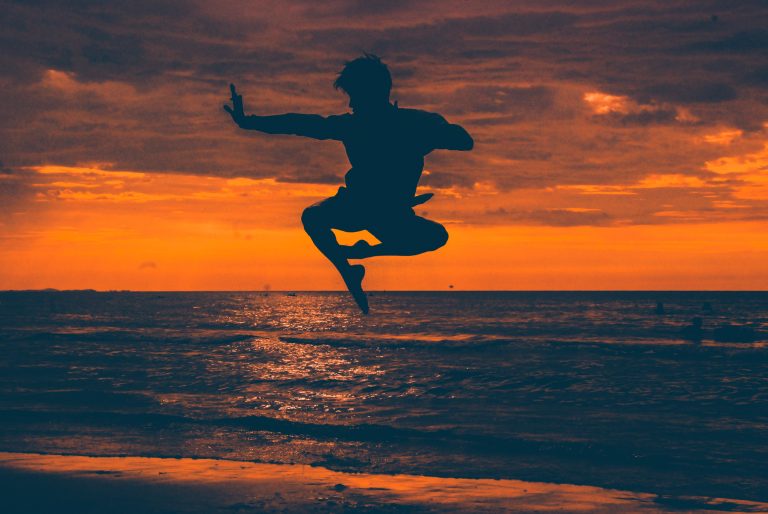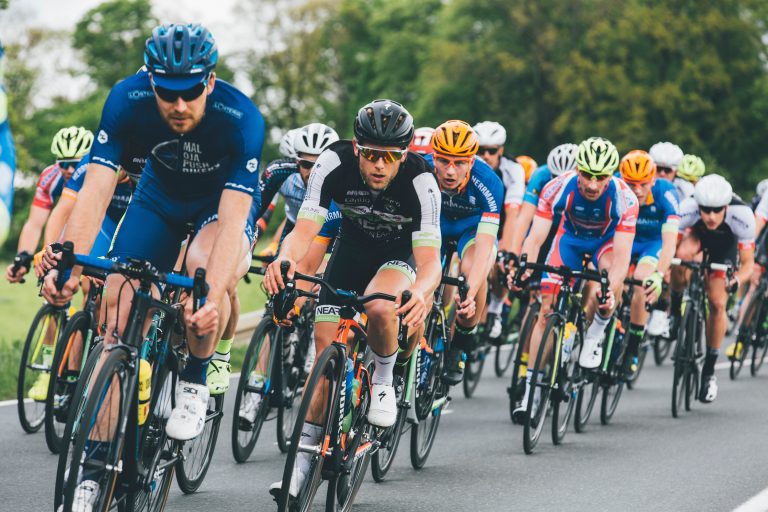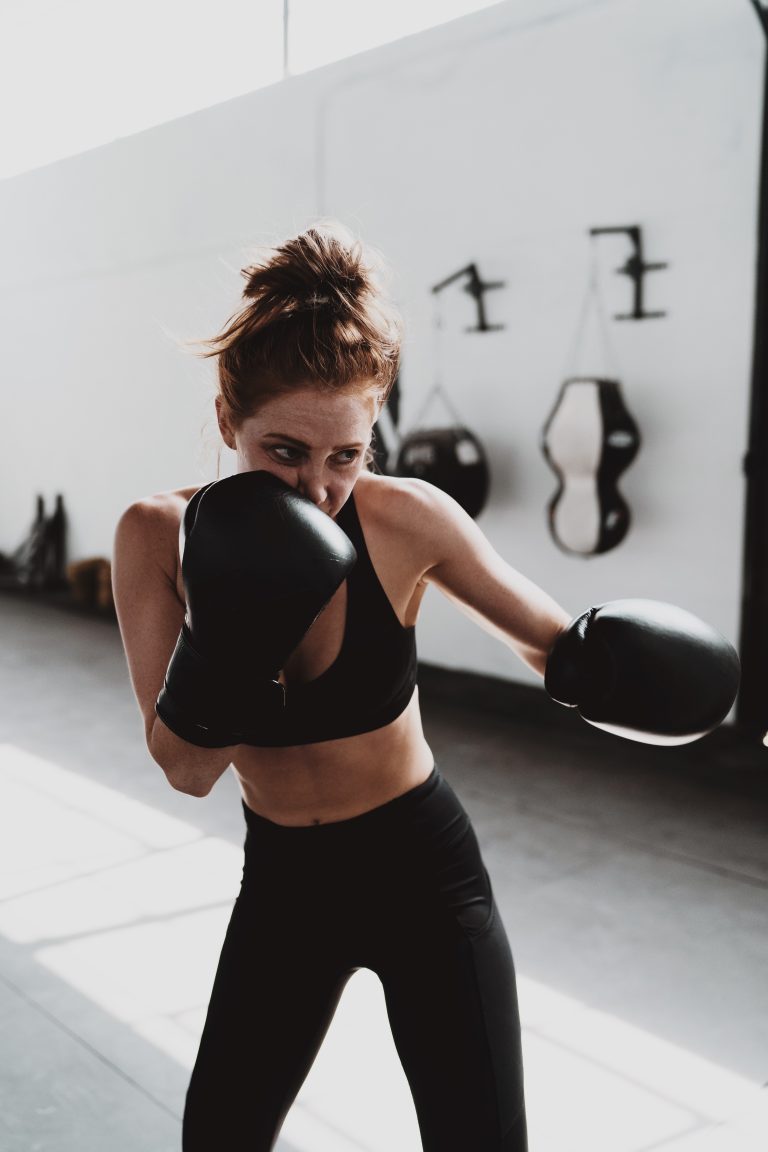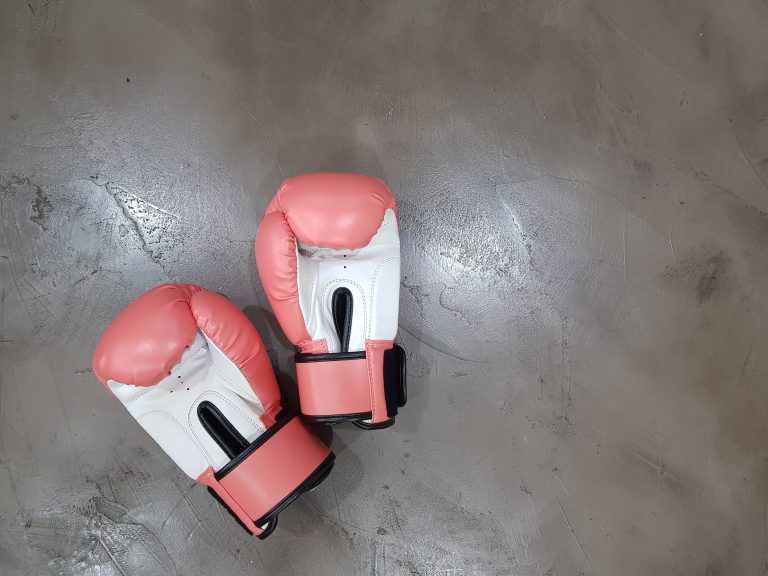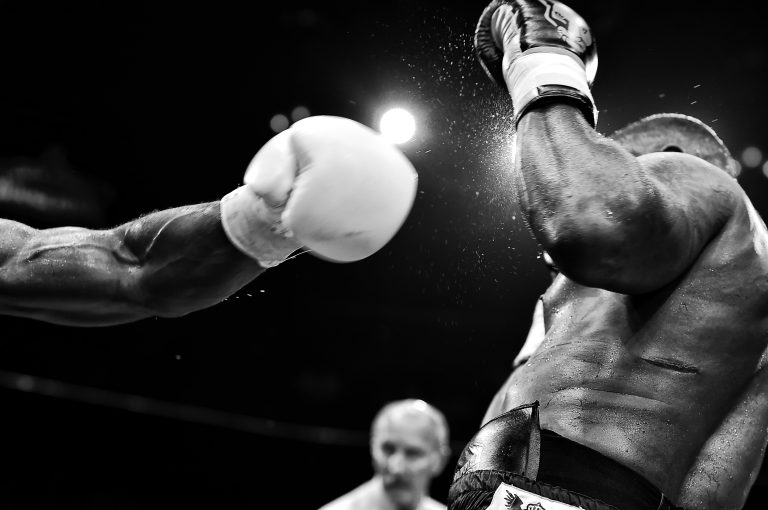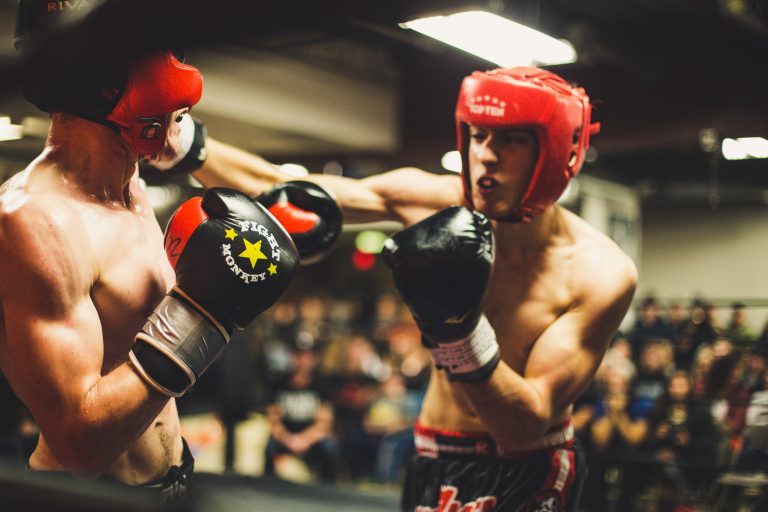A Beginner’s Guide to Karate: Everything You Should Know
For ages, karate has been a major martial art practiced across the world. It’s been around for centuries and draws from the ancient martial art of Okinawa. The traditional philosophy of karate focuses heavily on physical and mental discipline. It can be used both in self-defence and for philosophical contemplation.
Whether you’re looking to get fit, improve your self-defence, or have fun with a great activity, it’s clear that karate has something for everyone. In this guide, we’re going to cover the fundamentals of karate, from its history to what you need to get started.
What is Karate?
Karate is a martial art that focuses on physical and mental self-discipline and training. It originated in Okinawa, a former kingdom located in modern-day Japan, and was later formalized on mainland Japan in 1936 by Gichin Funakoshi. Funakoshi referred to his martial art as “karate-do” which translates to “the way of the empty hand”, emphasizing its unarmed nature.
Karate is practiced around the world, but all practitioners look to a common root – Okinawan karate. It’s a mixture of Chinese martial arts and Okinawan fighting forms, built over centuries to create a powerful combination.
What are the Benefits of Karate?
Karate is more than just a great activity; it has numerous beneficial qualities that make it popular worldwide. Here are just a few of the benefits:
- Improved Physical Health – Karate relies on rapid, powerful movements that build strength and aerobic capacity in your core, legs, and arms. It also helps you to develop coordination and balance.
- Develop Self-Defence Skills – Karate can give you the ability to protect yourself in dangerous situations. Even though contact is usually minimal in traditional dojos, sparring sessions with protective gear can allow you to practice realistic self-defence techniques that can come in handy in real-life scenarios.
- Increased Mental Strength –Karate is not only physically demanding; it also requires intense mental focus and discipline. By practicing karate, you will work on developing self-control, energy management, and improved concentration.
- Improved Confidence – Learners often find themselves feeling more capable and confident after taking up karate. A combination of mental and physical discipline will cause you to gain a sense of accomplishment that can be applied to other areas of life as well.
- Social Connection – Karate is a great way to meet new people as it is social. Joining a dojo offers a great opportunity to share experiences with like-minded people who are interested in the same activity.
Important Karate Techniques
Kicking and punching are central to karate practice, but blocking and counterattacks are just as important. Here are some of the fundamental techniques students work on when learning karate:
- Blocks – By blocking an attack you can protect yourself from harm and create an opportunity for a counterattack. Blocks usually involve one or both arms at a variety of angles.
- Kicks – Kicks are the foundation of most karate techniques. There are several types of kicks used in karate – front kicks, side kicks, roundhouse kicks, and more.
- Punches – Punches can be used both alone or in combination with kicks. Common punches within karate include thrust punches, upper cuts, hooks, and more.
- Stances – Learning how to stand correctly is vital within karate practice. Stances should be strong and balanced, allowing you to transition between movements quickly.
- Kata – Kata is the formalized application of movements; essentially prearranged patterns that require speed, power, and control. It is similar to forms or patterns found in other martial arts such as Taekwondo and Judo.
These are the main techniques that must be mastered in order to progress through the belt system. As you move through the system, you will learn more advanced techniques such as grappling, throws, sweeps, and other takedowns.
What Do You Need for Karate?
In order to begin your karate journey you’ll need just a few pieces of equipment:
- Gi – A gi (or ‘karate suit’) is a lightweight uniform that is traditionally composed of a jacket and pants made of heavy cotton or polyester/cotton blended fabric. The gi is typically loose fitting to allow unrestricted movement during practice.
- Protective Gear – It’s important to wear protective gear while practicing karate, especially during sparring or advanced techniques. This includes gloves, shin guards, forehead guards, mouth guards etc.
- Textbooks – Textbooks are important resources for learning technique and understanding the art form deeper. These can be bought online or from martial arts stores.
- Karate Mats – To perform some movements you may need mats; this mainly applies to advanced techniques such as groundwork.
Finding a Dojo/ Instructor
The best way to learn karate is by finding an instructor at a dojo (training hall). Training with an instructor will help ensure your safety by teaching proper technique for each exercise. There are many dojos worldwide and the best way to find one near you is by searching online – most dojos have their own websites or social media pages where you can find out more information about them. Alternatively, you can look into local martial arts organizations which can provide guidance as well as lead seminars or tournaments.
Getting Started with Karate
Karate is a complex martial art which requires years of dedication and study in order to become proficient in it. However, that doesn’t mean you can’t start making progress right away. Here are some tips for getting started:
- Start Slowly – Don’t jump into intense training right away; instead begin with light exercises to warm up your muscles and establish good technique.
- Make Time – Continuous practice is key if you want to get the best out of your training; make sure that you set aside designated practice times each week so that you can be consistent.
- Find an Instructor or Classmates Who Can Help – Having somebody with expertise can be invaluable when it comes to learning a complex skill like karate; working with other learners can also help motivate you as well as provide additional learning material for more advanced practitioners.
- Focus On Form Over Speed – It’s important to ensure each technique is performed correctly before increasing speed in order to prevent injury.
Conclusion
Karate is an ancient art which has been practiced for centuries across the world. Its popularity stems from its ability to improve health and wellbeing while providing practical self-defence skills. Practicing karate requires dedication and hard work in order to get the most out of it – but it’s worth it! With this guide as your starting point, you’re ready to begin your journey. Happy training!
Inhaltsverzeichnis

